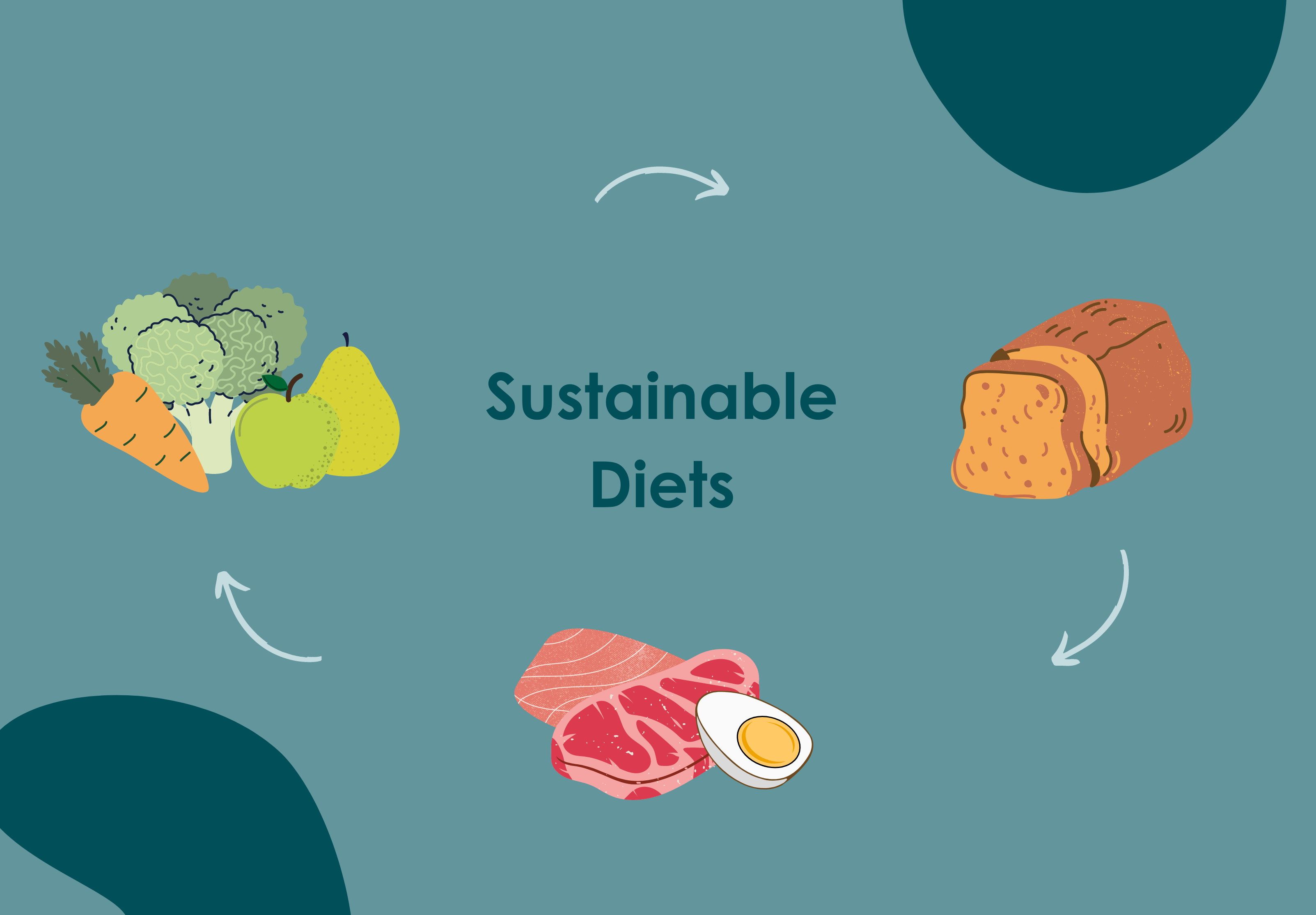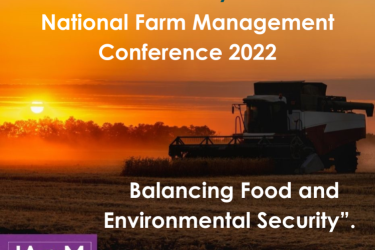By Melissa Shepherd
“Food and drink consumption creates 35% of the total greenhouse gas emissions (GHG) that the UK is responsible for”
— WRAP UK
Although COP26 is over, some of the discussions the event brought to the table are only just coming alive, starting with our dinner plates. This is particularly prominent in the run up to Christmas, with food at the centre of the festivities.
So much time is spent thinking about what producers, retailers and suppliers can do to improve the environmental credentials of the food on our plates, but what can we, as consumers do to help the food system?
There are things we can all do to live a more sustainable life in the kitchen.
1). Less waste
The first and most important daily activity we can all do is reduce our food waste.
53% of food loss and waste comes from the consumer. When throwing away food that hasn’t been consumed, you are also wasting the resources used to grow and manufacture that product in the first place: water, energy, fertiliser and transport emissions are a few.

A report on Greenhouse Gases by WRAP (Waste and Resources Action Programme), states that UK food waste adds up to 23% of total UK food system emissions. There are a number of ways we can reduce the amount of food we waste; don’t over buy, keep a check on best before/use by dates, batch-cook and utilize the freezer. Composting food is a great way to get the most out of your waste too, using the breakdown of organic matter and contributing to a circular food system.
2). Eat seasonally
Eating seasonally is a great way to lower the emissions from the food you eat. The UK has plenty of seasonal produce to enjoy throughout the year.
Growing fruit and vegetables in season requires lower levels of artificial inputs like heating, lighting, pesticides and fertilisers than at other times of the year. Not to mention it’s better value, fresher, more nutritious and a lot tastier! By choosing foods that are in season, you are supporting British farmers whilst knowing your food has a low environmental cost.
Apples and Pears are a great go to at this time of year, but their orchards are also important for biodiversity. A recent sustainability report from British Apples and Pears stated 83% work with local beekeepers, with 70% producing honey from their orchards. A win, win all round for eating seasonally, locally and healthy!
3). Eat locally
Transparency and traceability in the supply chain is becoming a key factor when making food choices. As consumers, we want to know where our food is coming from and who was involved in the process of getting it from farm to fork.
Buying produce that hasn’t travelled across the world to get to the shelves is one step towards reducing the impact it has on our environment. This comes hand in hand with buying those products which are grown in the UK seasonally. Produced with less food miles often comes at a lower cost financially, as well as environmentally. Food produced locally, for example at your local farmers market, is also likely to be a lot fresher than what you find on the supermarket shelves.
The National Food Strategy calls for meat consumption to be cut by 30% by 2030 in order to reduce emissions, particularly from red meat. Let’s remember that UK farmers are already taking significant measures to reduce their impact on the environment and holding exceptionally high animal welfare standards, whilst many more are ready to play their part in striving towards net zero targets. Buying UK meat is already a step towards lower emissions from these foods, not to mention the value in supporting UK agriculture and local communities.
It’s worth noting that whilst a lot of the time eating locally produced food is the answer, it’s not always. Locally grown foods which are out of season are grown using artificial lighting and heating, leading to increased energy consumption.
So, what’s the answer? Where you can, eating produce at the right time of year which hasn’t been produced too far away is the best option. Whilst doing this, you will also be cutting down on your wasted food with longer lasting produce.
4). Evaluate who you’re buying from
Consumers have a responsibility, and a right, to evaluate who they’re purchasing their food products from. Companies you buy from will have information on their websites, or on their packaging, about what they’re doing in terms of sustainability and any regulatory targets for emissions.
The criteria for an environmentally forward-thinking company covers a number of sustainability pillars, considers the business’s carbon footprint, as well as transparency in its sustainability strategy and across the supply chain. Essentially, consumers hold the power in demanding the products that are demonstrating efforts towards a more sustainable supply chain.
Meeting international goals and regulatory targets to improve the environmental sustainability of a business is essential, and is something that all of us should be looking out for when doing our next weekly shop.
Our sustainability team recognises the importance of meeting international goals, regulatory targets and working collaboratively to improve the sustainable and environmental credentials of the agri-food industry. Get in touch to find out how we can help your business and work with you to develop an efficient and sustainable strategy.







